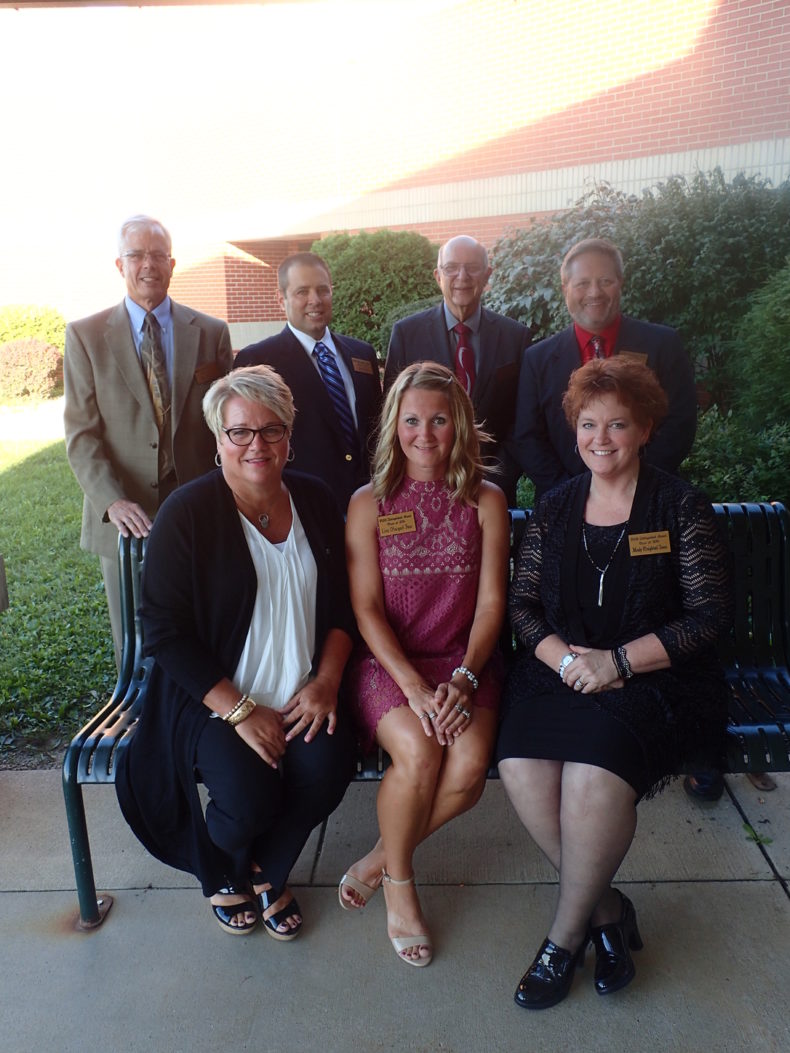VALLEY INSIGHT
By Brett R. Boggs
Superintendent of Schools
Tippecanoe Valley School Corporation
The information to be shared in this Valley Insight article comes from the March 2016 issue of Thriving Communities, Thriving State in an article titled, “Recommendations for Thriving Rural Communities”. The Rural and Small Town Commission brought together 16 individuals from the public, private, and nonprofit sectors – people with an interest in small towns, rural communities, and unincorporated areas throughout the state – to identify common community challenges and opportunities and to develop strategies to address them over the next ten years.
After analyzing the issues important to 58 Indiana rural counties and small communities throughout the state, the commission found that throughout Indiana’s history, small towns and rural areas offer select economic and quality-of-life advantages. They have consistently been wonderful places to live, work, and raise families. Hoosiers in small towns and rural communities look out for each other and their communities. In small towns there are many opportunities to get involved and exercise leadership. Rural and small community leaders are more accessible and visible than leaders in other communities. These assets position rural communities to effectively develop and exercise social capital in ways that would be difficult in larger communities. Many of Indiana’s rural and small towns benefit from tremendous natural assets, a strong community and civic heritage, unique spaces and structures, and a history of civic investment. All of these assets can serve as the basis for attracting a talented workforce, developing local business, and energizing local economies.
While rural and small towns have charm and economic potential, they face significant challenges. The greatest demographic concern for many rural communities is the out-migration of rural youth to other places within the state and nation. Many rural communities disproportionately lose population as rural-educated youth enter college and then to do not return to the community after college. This is a cause of economic development challenges for many rural communities and also diminishes the pool of emerging and potential leaders. Many rural communities have also experienced the demise of local businesses and employment options in favor of broader regional options.
The commission found four priorities for making Indiana’s rural communities and small towns more successful. To help rural Indiana communities thrive in the immediate future they must embrace: 1) Identifying, developing, and engaging strong leadership; 2) Entrepreneurship is the key to creating jobs and retaining young residents; 3) Increased access to and quality of education are critical to rural workforce development; and 4) For quality of life and quality of place, rural and small towns must think beyond the status quo.
In future Valley Insight articles I plan to address each of these priorities with a look at what Tippecanoe Valley is doing to ensure our small towns and rural community are thriving places for years to come.






